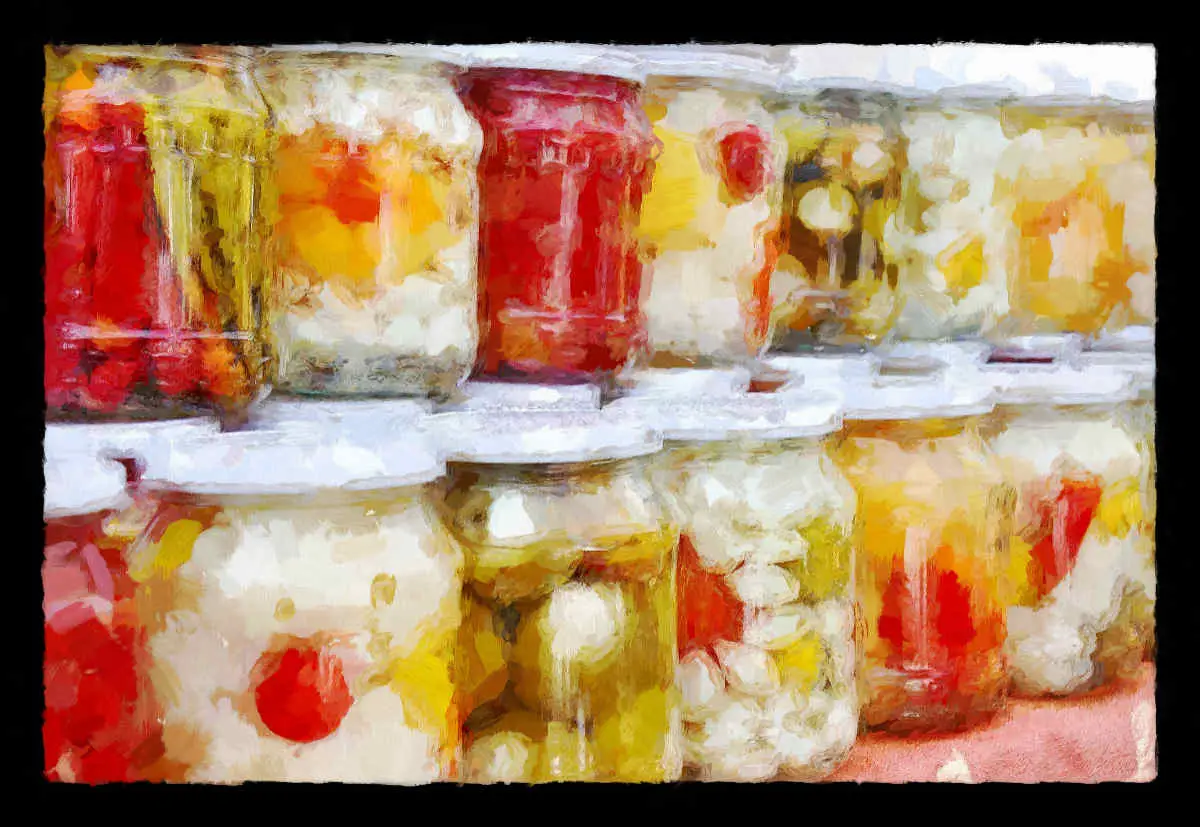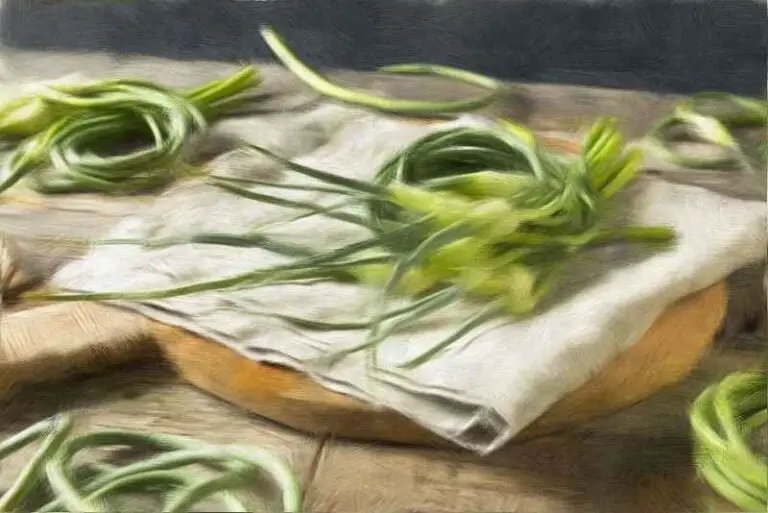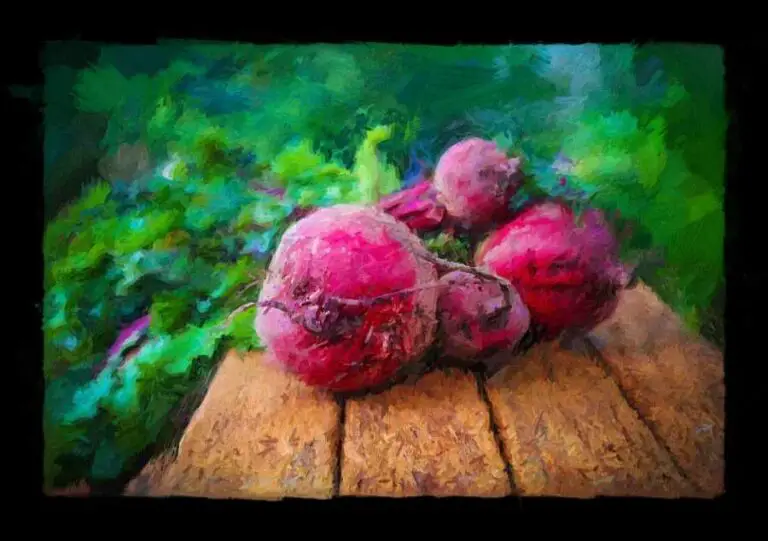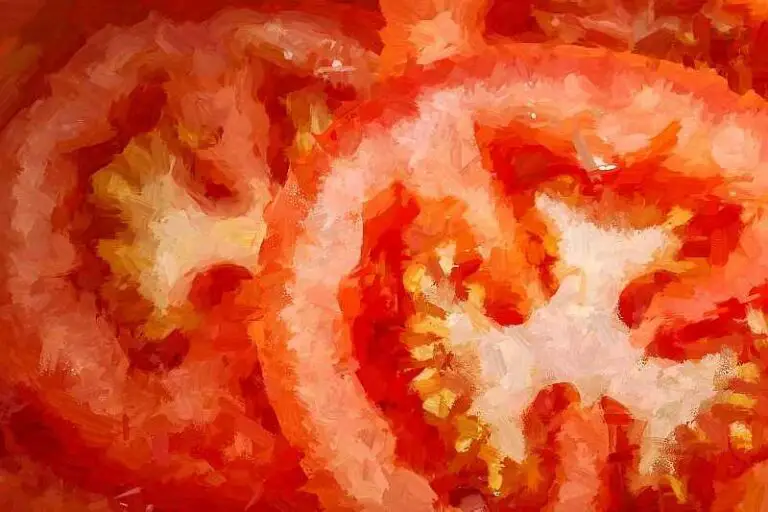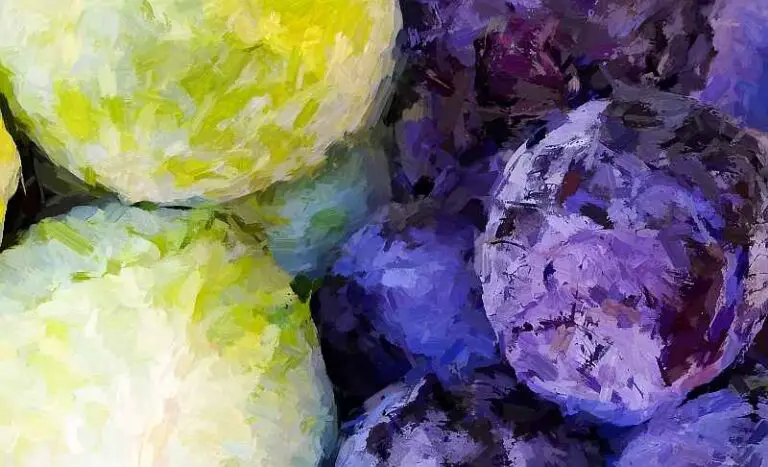Fermenting Vegetables At Home – BEGINNER GUIDE
Making fermented vegetables is very easy. Choose the best vegetables, follow some simple steps then let microorganisms do the rest. Ready to start?
How can I successfully ferment vegetables at home?
Along the way many of us when not familiar with lacto fermentation have asked the same question but often struggled to find what they needed.
The purpose of this post is exactly that.
Giving you an easy to follow guideline to get you ready to make your first jar.
We will get to that in a moment, I promise.
If you have never fermented vegetables before, know that this easy process only takes some salt, water (not always), the vegetable of your choice and time.
It is really that simple.
Moreover, once you have understood a couple of “how tos” about this easy process, you will be saving money and sensibly reducing your food waste.
Fermentation is one of the few methods for preserving food, if not the only method, that improves your vegetables by making them “better”.
And here is how
- by making to their natural flavour profile more complex
- by increasing their nutritional value
- by making nutrients more readily available
Your body will thank you and so will your wallet.
You will soon see that thanks to fermentation, you are able to buy whatever is in season, sold in bulk or discounted, stick it in a jar and store it for months.
Courtesy of millions of microorganisms, .
Fermented Vegetables – The 2 methods
Vegetables are usually lacto-fermented to obtain a savoury product, but can also be turned into fizzy drinks, beers, meads and wines thanks to yeasts.
Beetroots, for example, are so versatile that can be made into a Russian fizzy drink called beetroot kvass or into a wonderful tangy side dish via lacto fermentation.
Like we said, making lacto-fermented vegetables at home is an easy job but, if you want to know more about lacto-fermentation before starting, you can read more about it in our FAQs.
Depending on the vegetable you are about to ferment you will either use the dry salting method or the brine method.
Dry salting, like the name suggests, means pouring salt straight on the vegetables without adding liquids.
Then, by rubbing them together we are able to extract the fluids contained in the vegetable and, with those, start the fermentation process.
On the other hand the brine method simply means we are dissolving salt in water to create that liquid.
Let’s clarify.
Sauerkraut are usually made with dry salting, whilst a brine is generally preferred to ferment tomatoes or whole cabbage heads.
With this in mind, and with your fermenting equipment ready ( don’t worry, you can easily start without an airlock… ), the next step is to pick your favourite vegetable and proceed as follows.
Lacto-Fermenting Vegetables- The Steps
This general step by step process is easy, straightforward and works for the dry method as well as the brine method.
STEPS
- Remove any damaged or bruised parts from the vegetable and discard them
- Wash then weigh all produce
- Write down the total weight
- Cut vegetables into the chosen shape
- Either dry salt them or make a brine with the appropriate concentration
- Place vegetables and brine (or the extracted fluids) in a jar
- Pack tightly and press down vegetables until submerged (help yourself with a weight)
- Seal the jar and let it ferment for the required time
- Unscrew the lid daily to release CO2
- When vegetables are ready, place them inside the refrigerator.
Choosing The Right Vegetables
On one hand choosing the best vegetables to ferment means picking the best varieties and on the other making sure they satisfy a set of criteria.
Vegetables that ticks both boxes are the first important step towards a successful fermentation.
CRITERIA
If I were to list the aspects I want the vegetables I put in my jars to have, I think it would go like this
- Pesticides
- Freshness
- Quality
- Ripeness
If you grow your own produce you are already have the best vegetables on hand but if you don’t, the second best choice would always be organic non gmo ingredients.
Labels aside, what we should really care about when fermenting vegetables at home is to use produce that has seen no pesticides.
Or at least what has seen the fewest chemicals.
Why?
Because, although fermentation can somehow reduce the amount of some pesticides, you will end up eating most of them.
There is no hiding: THE best vegetables to ferment are either organic or those you have grown yourself.
Moreover, the fresher the better.
As a rule of thumb if it’s something you would not eat raw don’t use it for your fermentation.
When you choose your ingredients always remember to only pick herbs, fruits and vegetables that look intact, that don’t have discolorations, bruises and spots or dots of any sort.
Even if they might not affect the final product it is always better to be safe than sorry.
You really don’t want to patiently wait for weeks then have to throw everything away, right?
A little time spent being picky goes a long way in fermentation.
Another fundamental quality you have to look for is ripeness.
The RIGHT degree of ripeness.
You want your vegetables to be ready to eat, not too ripe and surely not green ( unless you really intend to ferment unripe vegetables like green tomatoes ).
They have to be firm, not hard, definitely not soft let alone mushy.
Basically something you would be happy cooking with or eating exactly as it is.
Again, be picky.
Join Our Community
Wash your vegetables if they are store bought and peel them, especially if you are going to use non organic ( aka conventional ) vegetables.
Don’t worry, they will lacto ferment just fine even without peel.
To sum it up we could say this:
In order to make the best fermented vegetables we should start with the best available vegetables, because the best tasting fermented vegetables always come from the best tasting raw vegetables!
VARIETIES
First on the list is cabbage, any type of cabbage really
If you ferment cabbages you will essentially make sauerkraut, one of the healthiest probiotic foods known to man, so make sure to try it out.
Second place is taken by garlic.
Persians turn it into Toshi Sheer ( black garlic ) and often, in the western world, garlic is fermented with honey.
Third has to be ginger.
It can be both lacto fermented such as in sauces or transformed into very famous fizzy drinks like ginger beer via an alcoholic fermentation.
Chillies too are one of the best vegetables to ferment.
They make incredibly good sauces like Shatta, Tabasco and many other famous sauces sold at the supermarket, which are actually fermented
Then we have tomatoes.
Fermented cherry and date tomatoes are a must in our home and when we have bigger sized ones we use them to make fermented tomato juice.
Both small and big are AWESOME to eat on their own or as part of some very tasty recipes.
But the list goes on…
- Capsicums ( sweet peppers )
- Carrots
- Parsnips
- Beetroots ( lacto-fermented or made into kvass )
- Radishes
- Cucumbers
- Onions
- Spring Onions
- Fennel
And let’s not forget herbs
- Celery
- Dill
- Oregano
- Fennel fronds
- Mint
- Thyme
- Sage
The list could probably continue but I think these are a great to start with as they produce some of the best tasting fermented vegetables you can make at home.
Ferment Vegetables – SAFETY
It is not by accident that fermentation has been used for millennia to process and preserve food; in fact, when done properly, it is very safe and secure.
Just by controlling some factors, we can assure a smooth fermentation and reduce the risks of botulism to nearly zero.
These important factors are hygiene, temperature, salt and oxygen.
Hygiene wise you’d want to use clean or, even better, sterilised glass jars, stainless steel or silicone tools and a pair of well washed hands.
Short fingernails are strongly recommended too.
As for temperature, it is important to know what ferments well at which temperature and which salt concentration to use for the chosen produce.
In lacto fermenting vegetables, or fruit for that matters, our main goal is to create an ASA ( acidic, salty, anaerobic ) environment that’s why controlling oxygen exposure is paramount.
And to do so the most important and effective thing you can do is to keep the fermenting produce submerged by brine at all times.
Just by methodically doing this you have given yourself an 80% chance of successfully fermenting vegetables in the comfort of your home.
Can all vegetables be fermented?
In theory you could ferment every vegetable you see in the supermarket aisle but the more appropriate question to ask would be, should you?
If it’s true that many vegetables can be fermented at home, it is always recommendable to stick with those that have proven themselves millions of times, rather than going the uncharted route.
Oftentimes the more familiar ones are also the best tasting ones.
And the most uncommon can sometimes result in ugly flavours, mushy textures and unpleasant smells.
But don’t worry.
When you have become a more experienced fermenter you’ll be able to unleash your creativity and feel confident experimenting unusual combinations.
Just give yourself some time.
If you made it to this point CONGRATULATIONS!
You are all set to start fermenting some delicious vegetables, save money and make your body happy.
As always if you have any questions ( or tips! ) drop us a line in the comment section below; we always like to hear from you.
Thanks for stopping by.
See you soon

